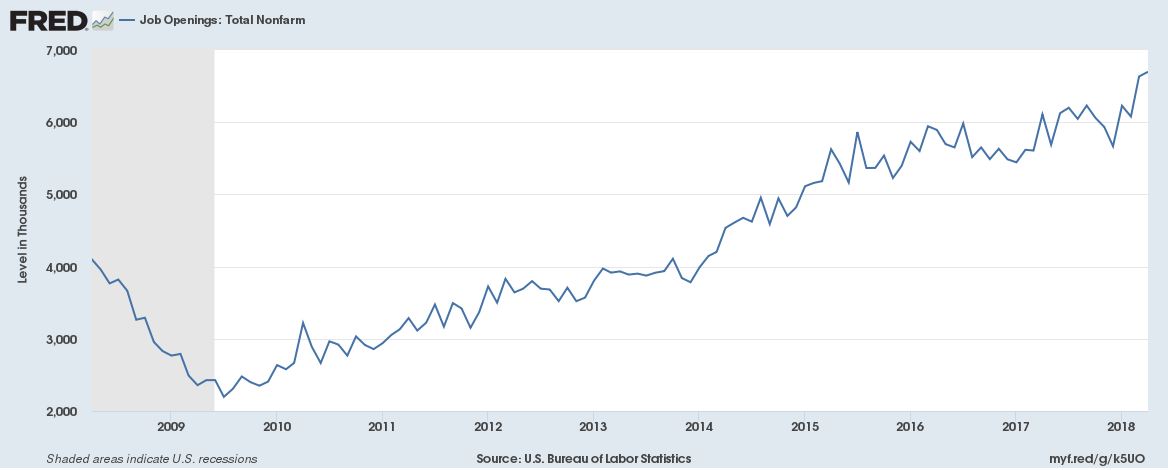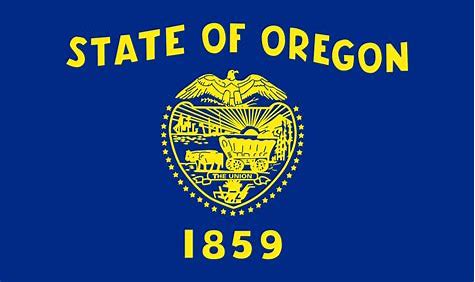The weekend company culture test
NOTE: I am re-running a piece (with a few light edits) from a couple of years ago about company email culture. I was at an event this past Friday where I overheard a few people talking about this very subject - who in their organization was always emailing them throughout the weekend, and how that practice was really getting under their skin. Enjoy!
I am of (pretty) firm belief you can tell just about everything you need to know about company culture from tracking and analyzing email usage patterns, traffic levels, and response expectations.
Sure, not all organizations, and certainly not all roles in organizations, are overly reliant on email as their primary communications, collaboration, and general project management tool, but for those that are, and I suspect that would include just about everyone reading this post, your email Inbox is largely a proxy for your 'work' in general.
Very few initiatives actually get started without first sending an email to someone.
Progress is communicated and monitored on those tasks in ongoing series of emails.
Organizational structure and power dynamics are reflected in who you are 'allowed' to email, and who will or will not respond.
You overall stress level and relative satisfaction with your job can be extrapolated from the point in time condition of your Inbox.
Finally, you probably leave the office with a warped sense of accomplishment if, at the end of the week, you have successfully triaged all of your incoming messages, sent the necessary replies, and achieved that most elusive of states, so-called 'Inbox Zero'. You pack up shop for the week and head home, (or to Happy Hour).
And that is when my favorite test of company culture begins, what happened to your Inbox from say, 6:00PM on a Friday up until 6:00AM on Monday. (this is what we used to call the "weekend".)
As you enjoy whatever it is you enjoy this (past) weekend, think about these few questions:
Who in your company is (still) sending emails on a Friday night? On Saturday morning? Or on Sunday evening when you are clinging like grim death to your last few precious hours of downtime?
Who is responding to weekend emails? And no, I am not talking about genuine business or customer emergencies, just 'normal' kinds of things. You know, the kinds of things you worry about on Tuesday.
Are your management or senior leaders making a habit of tapping away message after message (always "Sent from my iPad") all weekend long while they are ostensibly watching Jr's soccer game?
Are you checking or at least thinking about checking your work email on Saturday afternoon when, I don't know, you're supposed to have something better to do?
Finally, when you get one of those weekend emails do you respond? Are you expected to? And if you do are you now "at work?"
It's odd for the one piece of workplace technology that we all probably use more than any other, that we think about and really try to understand it's usage so little.
Email is just always there. It is always on. We engage with it constantly.
But we don't ever think about what it might tell us about the organization, the power dynamics, and most importantly, what it can tell us about the culture of an organization.
So, were you on email this weekend or were you offline?
Have a great week.

 Steve
Steve



